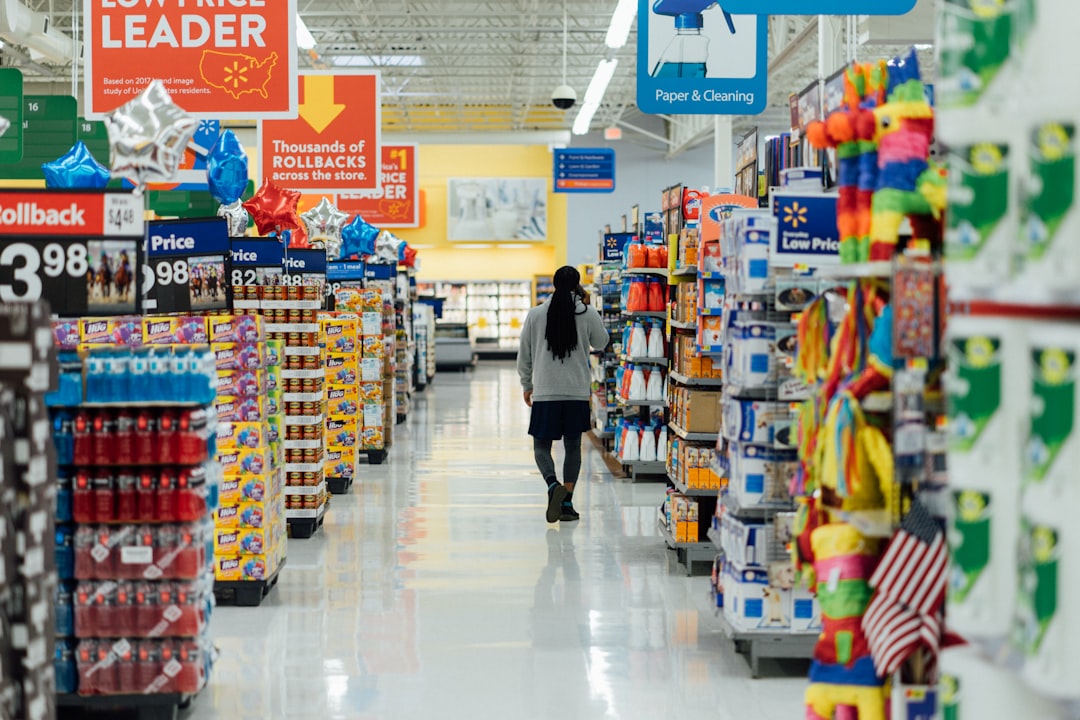Before applying for a short-term no-credit-check loan to pay your food expenses, check out your other possibilities.
You’re going to starve if you don’t get some, But the price of food is high. Here are a few pointers to help you with that issue.
There’s a hunger issue. Predatory lending is another kind of this.
In the United States, 40 million individuals, including 12 million children, are food insecure, yet not everyone is eligible for government aid.
When you’re on a tight budget, finding adequate food for your family may be challenging. Many individuals resort to short-term no credit check loans like payday loans or cash advances when they have gaps in their income or other financial difficulties.
This may lead to a cycle of debt that makes it much more challenging to purchase meals in the future. The additional money you earn goes toward interest payments rather than buying healthy foods after falling victim to the debt trap.
While we’re on nutrition, did you know that the United States has more payday lending outlets than McDonald’s? Both of these restaurants may have crossed your mind if you’ve ever been short on funds for a meal.
However, depending primarily on expensive no credit checks, loans can hurt your financial health in the same way as eating fast food would harm your health. You can learn more about no credit check loans by checking out the GadCapital website, GAD offers $1k loans.
If you or your family is starving, consider other possibilities.
Budget and shop wisely.
One of the most excellent methods to make sure everyone has enough to eat is to set a food budget. To discover whether you can save money, compare your spending to the official USDA Food Plan.
When possible, purchase in quantity and buy house brands. Get items abundant in protein or whole grain to keep you full without racking up a hefty bill.
Take a look at these 35 low-cost items or these five home-cooked dinners that are less expensive than fast food.
The second step is to seek help.
The Supplemental Nutrition Assistance Program (SNAP) may be able to help you if you can’t afford to buy food on your own. To apply for SNAP in a state where it is impossible to do so online, go to your nearest SNAP office.
Food stamps are available to anyone who meet the eligibility requirements and may be spent at participating grocery stores. This pre-screening tool may help you determine whether or not you are eligible.
A delay in receiving your benefits may be a possibility if you and your family are struggling with hunger. You should also look into other programs that might help you with additional expenses, such as rent help.
Visit a food bank or soup kitchen in your neighborhood.
Families unable to afford food may benefit from charitable, non-profit, and religious groups. The Feeding America network of food banks distributes 4.3 billion meals each year.
This link might also help you locate other nearby food pantries. If you’re hungry, don’t worry. You’ll probably be able to find somewhere to eat shortly.
Start saving for a rainy day.
The smartest thing you can do is start saving for an emergency fund in the long run. Unlike retirement savings, emergency reserves are meant to be immediately available in the event of a financial deficit or unexpected cost.
In an emergency, a well-stocked emergency fund will put you on the road to financial stability. Start with $1,000, but don’t stop there! The more prepared you can withstand an economic storm, the more money you should have stashed away.


.jpeg?cb=cb529eccff76e940fe013586e93c2f34&w=1200)
/https://specials-images.forbesimg.com/imageserve/609d7dd6ce24e3f2ecaa84f2/0x0.jpg)
